



MRgFUS, a non-surgical, MRI-guided focused ultrasound technology, is now available in India for treating essential tremors and Parkinson's disease. This innovative intervention, offered at select hospitals, provides real-time monitoring, rapid symptom relief, and minimal recovery, making it a less invasive alternative to traditional surgical options like deep brain stimulation, significantly improving patients' quality of life.
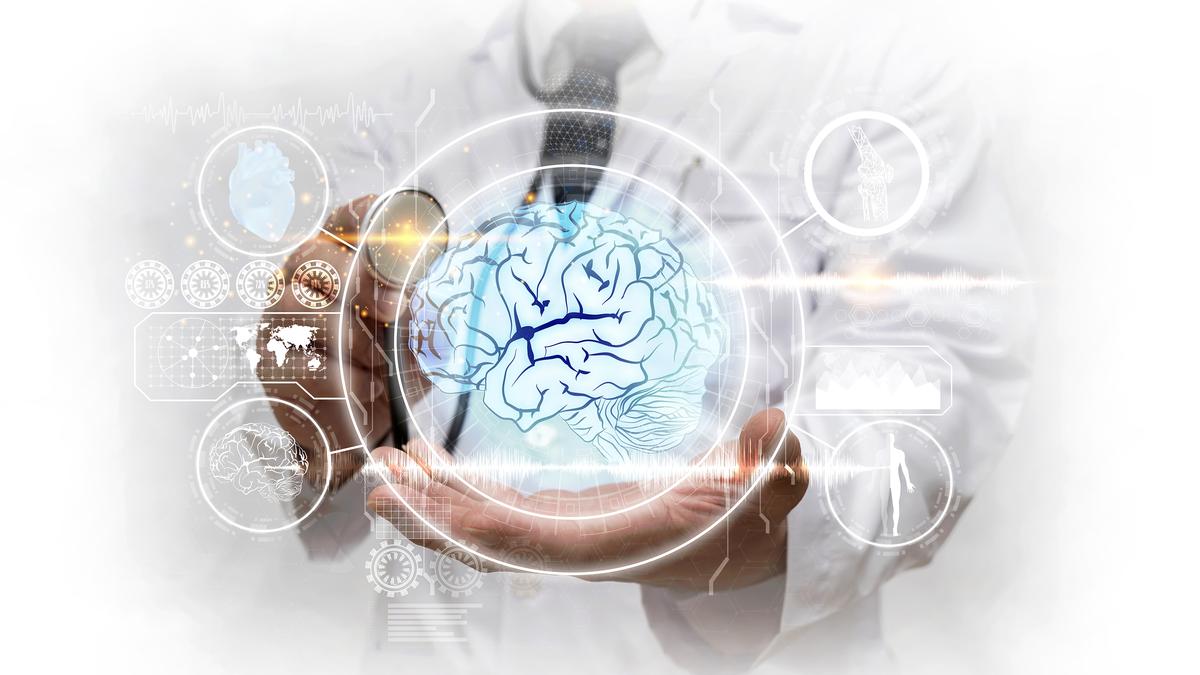
Copyright infringement not intended
Picture Courtesy: THE HINDU
Magnetic Resonance-guided Focused Ultrasound (MRgFUS), a non-surgical MRI-guided focused ultrasound treatment, is now available in India for essential tremors and Parkinson's.
Essential Tremor (ET) is one of the most common neurological disorders globally, characterized by rhythmic shaking. Its prevalence increases with age, affecting about 1% of the general population and around 5% of individuals over 60.
While not life-threatening, ET significantly impacts daily activities like writing, eating, and dressing.
Tremor-Dominant Parkinson’s Disease (TD-PD) is a subtype of Parkinson's Disease where tremors are the most prominent and problematic symptom.
MRgFUS is a medical procedure that combines two advanced technologies to treat neurological conditions non-invasively.
It uses focused ultrasound waves guided by Magnetic Resonance Imaging (MRI) in real-time.
Mechanism of Action
Targeting: The procedure targets a specific area in the brain called the thalamus. The thalamus acts as a key relay center and, when malfunctioning, can cause tremors.
Ablation: Focused ultrasound energy is used to generate heat, creating a small, targeted thermal lesion (ablation) in this specific brain tissue. This precisely disrupts the abnormal signals that cause tremors.
Non-Incisive: This entire process occurs without any incisions or implants in the patient's body.
Non-Surgical and Incisionless: There are no cuts, stitches, or drills involved, minimizing infection risk and recovery time.
Minimal Anesthesia: Patients normally require minimal to no anesthesia during the procedure.
Real-time Monitoring and Precision: MRI guidance ensures extreme precision in targeting the affected brain area, and doctors can instantly see the treatment's effect.
Rapid Symptom Relief: Patients often experience a significant reduction or near-complete resolution of tremors, sometimes within the same session.
Minimal Recovery Time: Recovery is very fast, often 1-2 days, allowing patients to resume normal activities quickly.
One-Time Treatment: It is generally a single-session procedure with no need for implants or batteries, unlike Deep Brain Stimulation (DBS).
Fewer Side Effects: The targeted nature of the treatment results in significantly fewer side effects compared to traditional surgical methods.
Source:
|
PRACTICE QUESTION Q. Which one of the following is correct about the term “ MRgFUS”: A) Incision and implant-based brain surgery B) Non-invasive ultrasound ablation guided by MRI C) Traditional tumor radiation therapy D) Ultrasound therapy used for physical rehabilitation Answer: B Explanation: MRgFUS stands for Magnetic Resonance-guided Focused Ultrasound. It is a revolutionary, non-invasive medical procedure that uses focused sound waves (ultrasound) to precisely target and ablate (destroy) specific tissue without requiring incisions or radiation. |
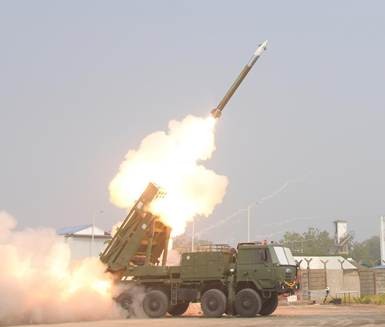
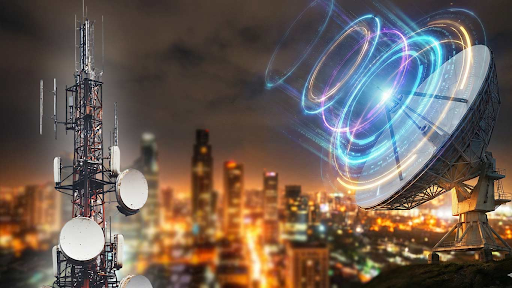

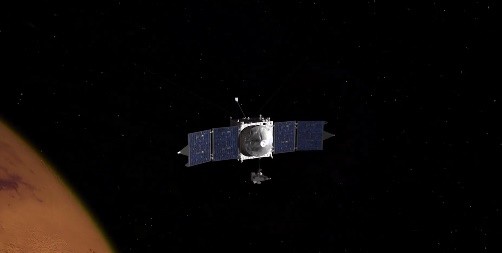
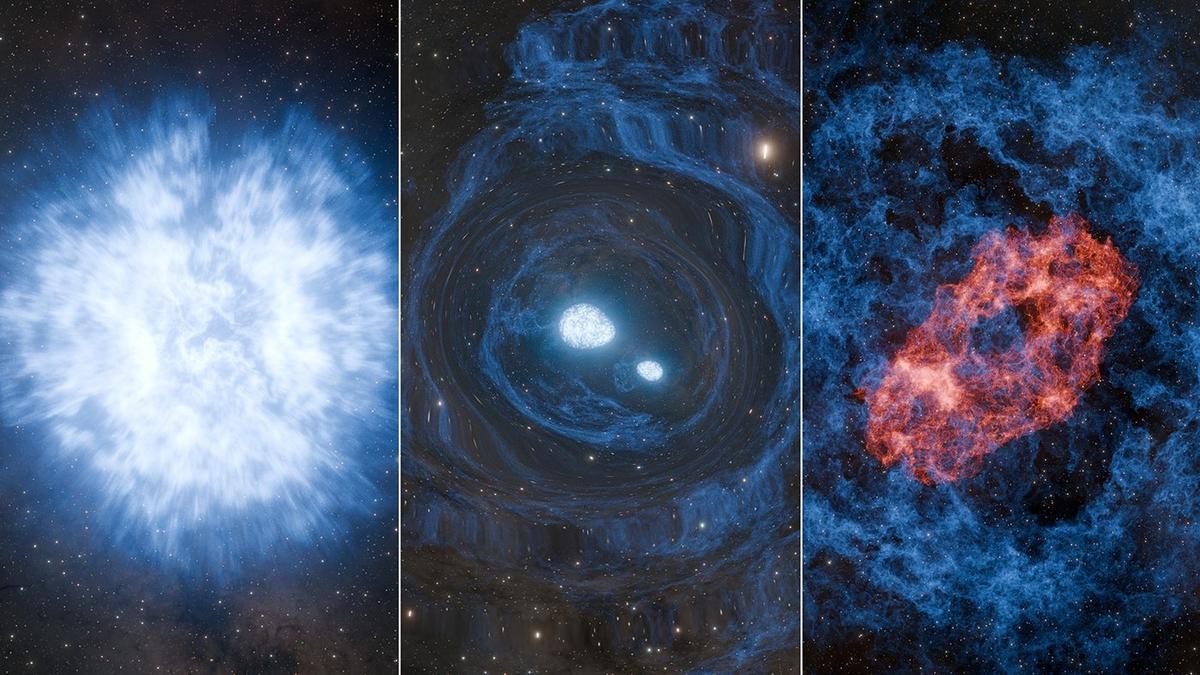

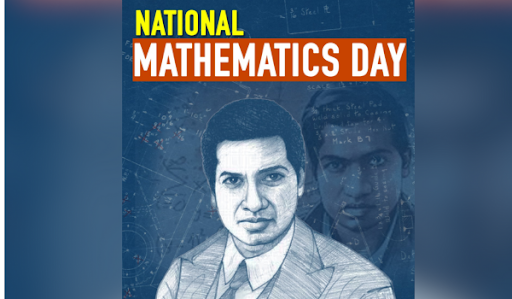


© 2026 iasgyan. All right reserved